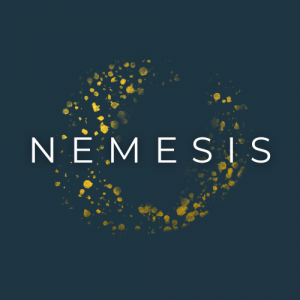Using zebrafish to study metabolic adverse outcomes of EDCs and associated mechanisms
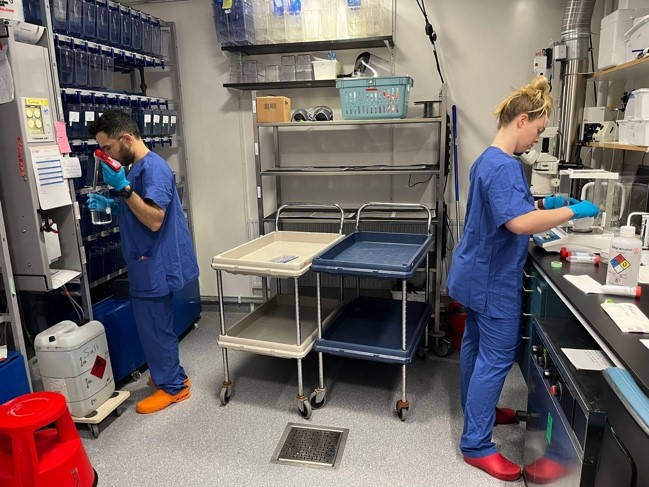
In October 2024, the Wincent Lab at Karolinska Institutet started testing the effects of NEMESIS focus-compounds on adverse outcomes using zebrafish, a non-mammalian model, as part of the in vivo work done in the NEMESIS project.
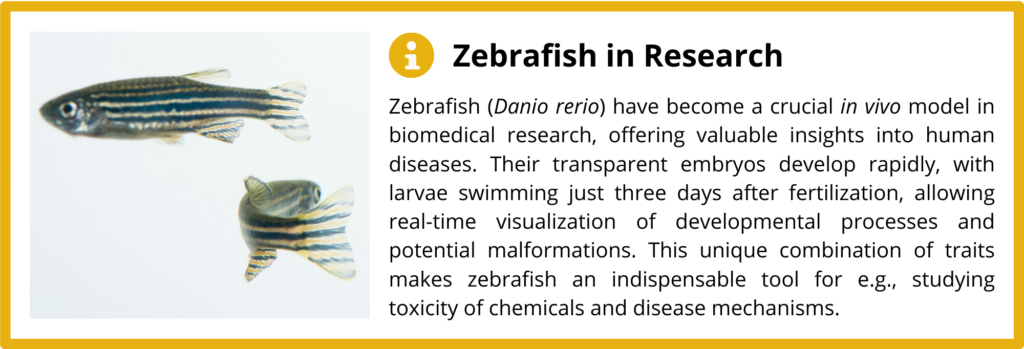
Malin Lundvall, a Master’s student, and Oscar Diaz, Postdoc, performed the initial testing and evaluated the effects of 8 suspected metabolic disruptors on embryo toxicity and development up to 5 days post fertilization (dpf). Together with Associate Professor Emma Wincent, they established the concentrations of chemicals causing an adverse effect on embryo development and determined the concentrations to proceed with to investigate later consequences of exposure during development.
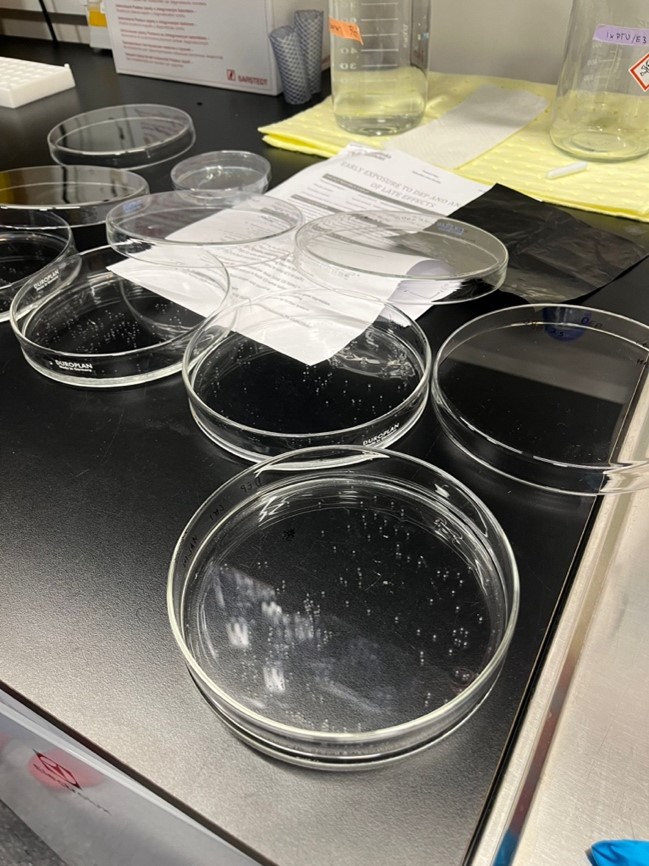

As the first approach, the team tested if embryonic exposure alone has adverse metabolic and transcriptomic effects during juvenile stages, up to 30 dpf. As the final timepoint of this first experiment approaches they are looking forward to study the molecular impact of EDC exposures during early life stages.
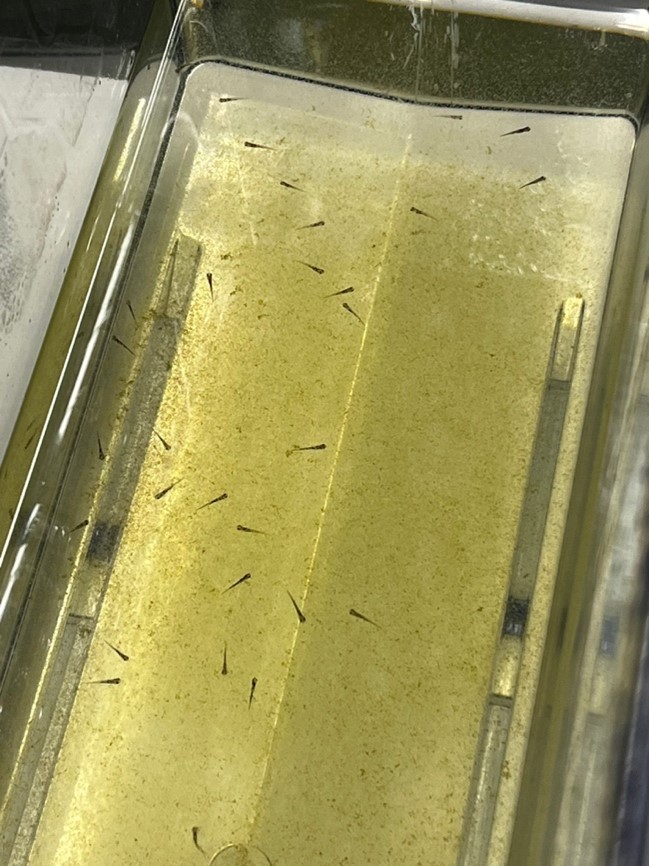
During this first experiment, the Wincent Lab received visitors, as NEMESIS colleagues from the University of Eastern Finland (Postdoc Henriikka Hakomäki and Doctoral researcher Sini Pitkänen) came to Karolinska. Colleagues from UEF came to learn new methodology, as they are interested in establishing protocols for environmental exposure studies in their newly established zebrafish facility. This visit strengthens our established scientific network and helps to coordinate our efforts for the final task of our common work package, WP6, to compare the adverse effects seen in mouse and zebrafish models.
Later this year, the consequences of exposure during embryo development will be compared to effects upon chronic exposure with and without addition of a high fat diet.
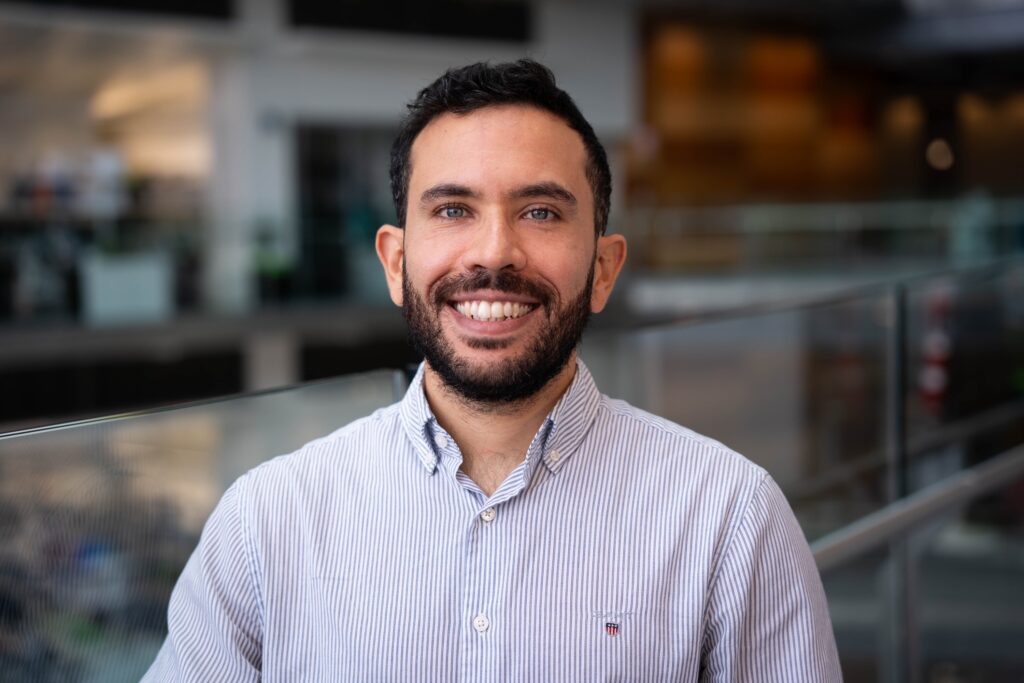
Oscar Diaz Perez
Postdoctoral researcher
Toxicological Mechanisms – Emma Wincent’s research group
Karolinska Institutet
